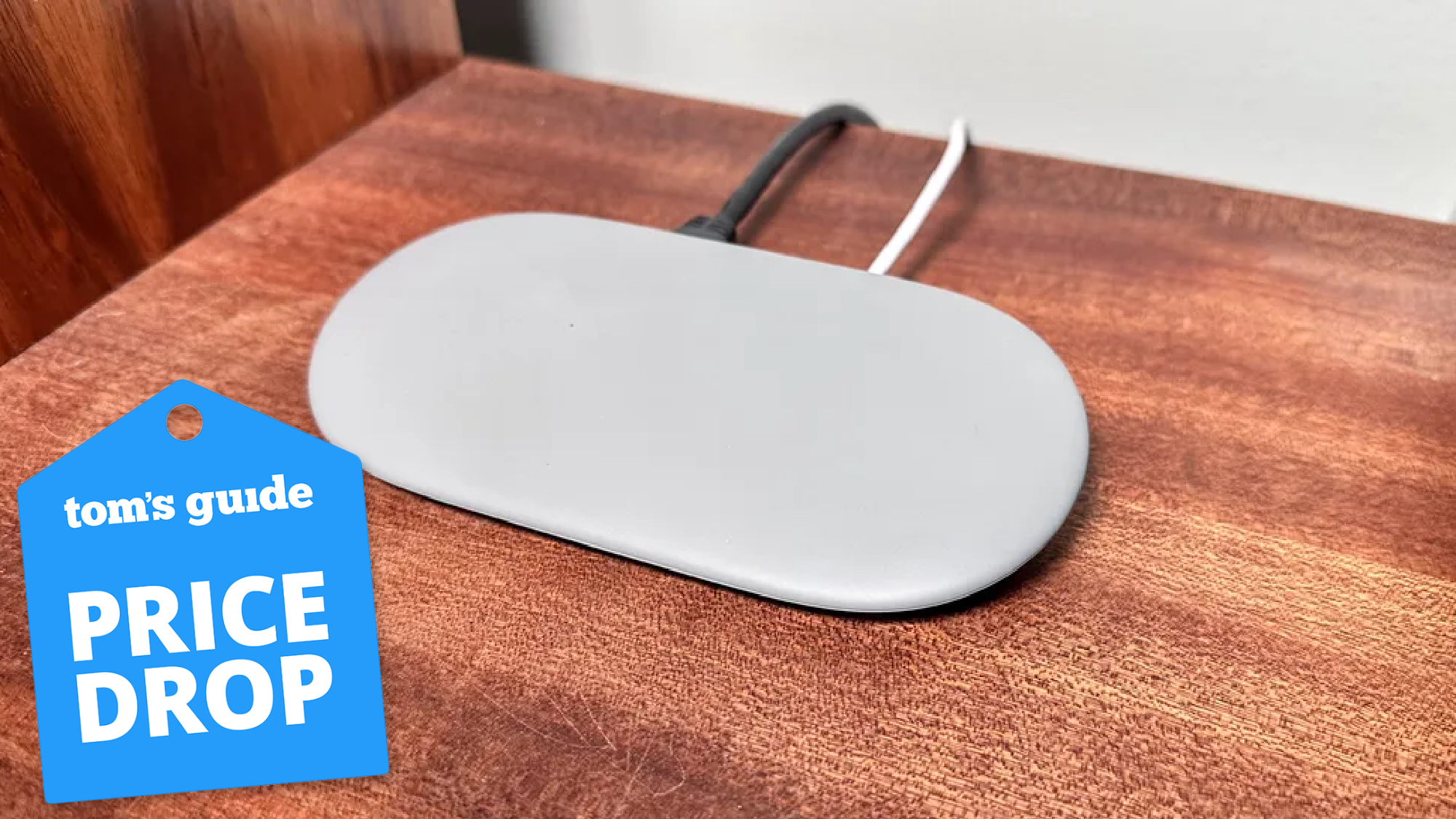Forget crunches — this workout uses 4 exercises and 1 dumbbell to sculpt your core
This one targets the deep core and outer six-pack

When it comes to building a strong, stable core, not all ab exercises are created equal. While some exercises, like crunches, target the rectus abdominis, or outer six-pack muscles, others target the deepest muscles in your mid-section.
When we talk about ‘deep core muscles’, we’re referring to the transverse abdominis, but also the diaphragm, the pelvic floor, and the multifidus. These muscles control movement through the midsection of the body, helping to keep you stabilized as you move, and preventing injuries.
Yet if you’re looking to work on your deep core, it can be tricky to know where to start. To get inspired, we turned to trainer Built by Becky, who shared a four-move deep core ab workout, that only requires your bodyweight, and one dumbbell (shop the best adjustable dumbbells here if you’re still working out from home). “I’m a huge fan of the V sit to work those deep core muscles as well as that six pack,” Becky says. The v-sit up is a sit-up variation — the V referring to the shape you make with your whole body when you perform the move correctly. Here’s what happened when this fitness writer did 30 v-sit ups every day for a week.
As always, if you’re new to any of the exercises listed, you’re returning to exercise following an injury, or you’ve suffered with lower back pain in the past, it’s a good idea to check your form with a personal trainer before adding weight, or reps.
What is the workout?
Ready to get started? If you’re looking to target those deep core muscles, here are the exercises to try. Becky recommends completing each exercise for 30-seconds, or longer if you can, then completing the circuit 2-4 times.
A post shared by Becky (@built.by.becky)
A photo posted by on
V-sit with front raise pulses
To do this exercise, start by getting into the v-sit position — start by sitting on your seat bones, with your legs extended out in front of you. Engage your core, and lean your torso back until you feel your abs engage. From here, lift both legs off the floor, so that they are at a 45 degree angle, and your torso and legs form a V shape.
Hold a dumbbell in both hands, with your arms extended, and slowly raise and lower the dumbbell, keeping your legs and torso still. Make sure your abs stay engaged, and that you move slowly, and with control.
Sign up to get the BEST of Tom's Guide direct to your inbox.
Get instant access to breaking news, the hottest reviews, great deals and helpful tips.
Seated leg raises
Staying in the v-sit position, with your arms extended holding a dumbbell with both hands, lower your legs to the floor, so they are outstretched away from your body. Keeping your upper body still, raise one leg a few inches off the floor, then the other.
V-sit with knee tuck
Start in a v-sit position, with both legs extended and raised off the floor. Hold a dumbbell in both hands, with your arms extended out away from your body. Moving slowly and with control, bend both knees and bring your legs into your torso, without letting them drop to the floor. At the same time, lower the dumbbell down in front of your shins. Then return to your starting position.
V-sit with knee drives
Starting from a v-sit position, with your arms extended away from the body holding a dumbbell with both hands, bend one leg at the knee, bringing it into your chest, keeping your upper body and arms still. Extend the leg back to your starting position, and switch onto the opposite leg. Keep switching sides.
This workout is a real challenge to the core, and if you’re a complete beginner, you might want to consider doing this workout without the dumbbell — instead, hold your arms out away from your body. If this is still too challenging, you’ll also still get an excellent core workout by switching to a a modified V-sit. For a modified V-sit, keep both hands flat on the floor behind your glutes, with your fingers facing towards your feet.
But what are the benefits? The V-sit isn’t just a fancy sit-up, it’s a stabilization exercise, that really forces your core to work hard to hold your body stable as you move. As well as working on your core, you’re also working on your balance as you hold, and move in and out of the v-sit position. The v-sit also targets your hip flexor muscles, so this is a great workout to try if you’re a runner too.
Like all ab workouts, the key here is to move slowly, and with control.
Again, this is a challenging ab workout, so is definitely best suited for those who are looking for a more advanced workout. It’s important to get your form correct, and think about engaging your core throughout this workout — think about sucking your belly button into your spine throughout. If your abs start to shake, don’t be alarmed, it means they’re working hard to hold you steady!
Like all ab workouts, the key here is to move slowly, and with control — the slower you move, the harder this will be. Don’t rush, and be mindful not to round your shoulders or upper back in this move, as it can lead to injury.
More from Tom's Guide

Jane McGuire is Tom's Guide's Fitness editor, which means she looks after everything fitness related - from running gear to yoga mats. An avid runner, Jane has tested and reviewed fitness products for the past five years, so knows what to look for when finding a good running watch or a pair of shorts with pockets big enough for your smartphone. When she's not pounding the pavements, you'll find Jane striding round the Surrey Hills, taking far too many photos of her puppy.
